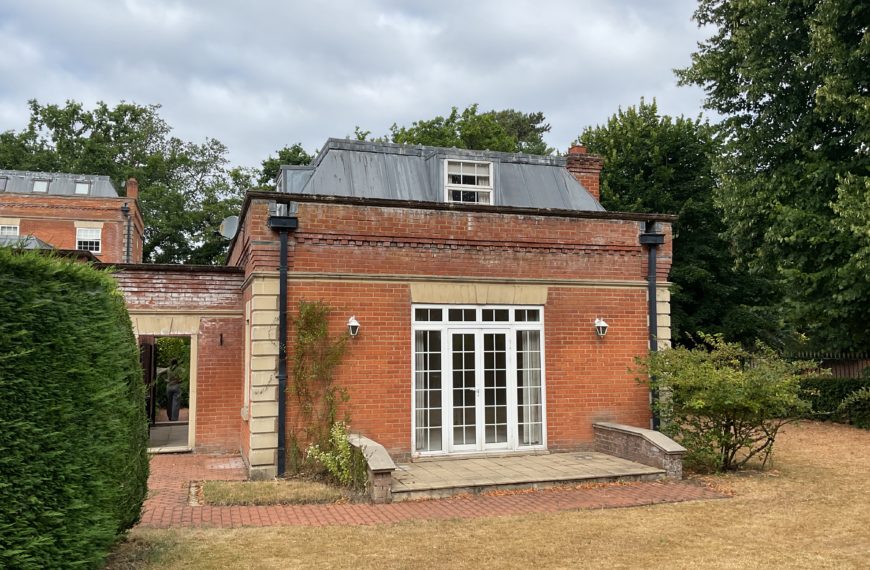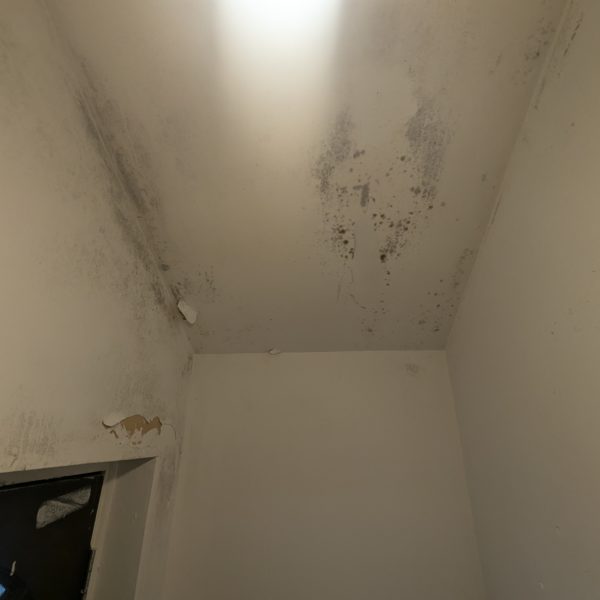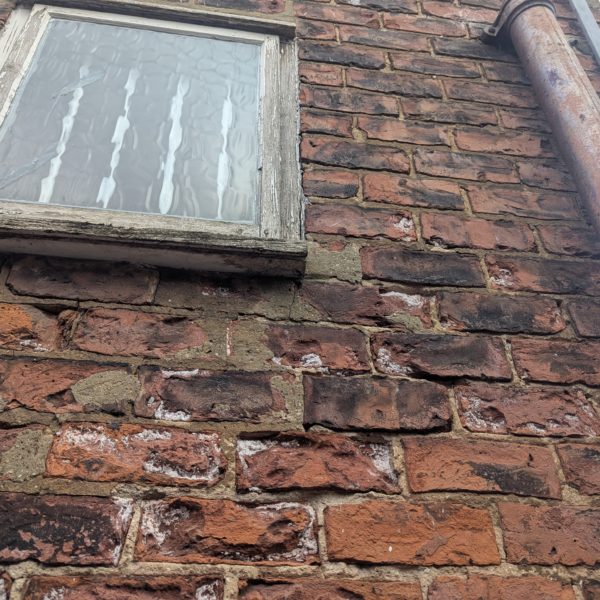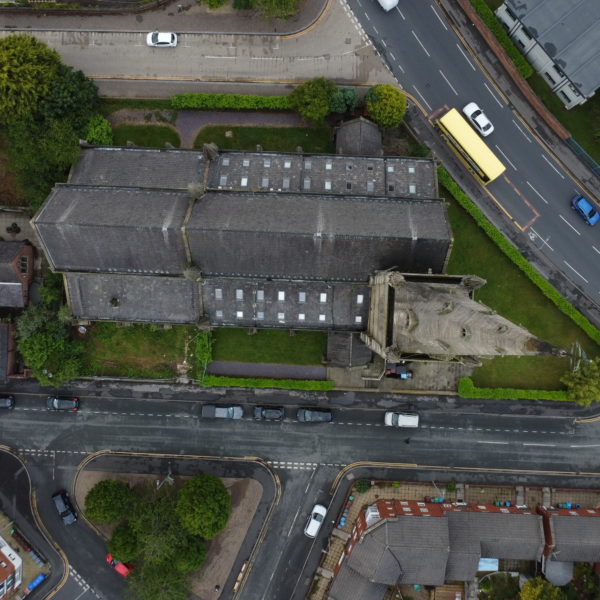Chemical damp-proofing treatments are widely marketed as quick, affordable fixes for moisture problems in buildings—particularly rising damp. But in truth, they are frequently oversold, poorly applied, and often unnecessary, especially in older or traditionally built properties.
In this article, we cut through the sales pitch to explore when chemical damp treatments are truly justified, how they work, and what you should be considering instead if you want a long-term, fabric-first solution to damp issues.
What Are Chemical Damp Treatments?
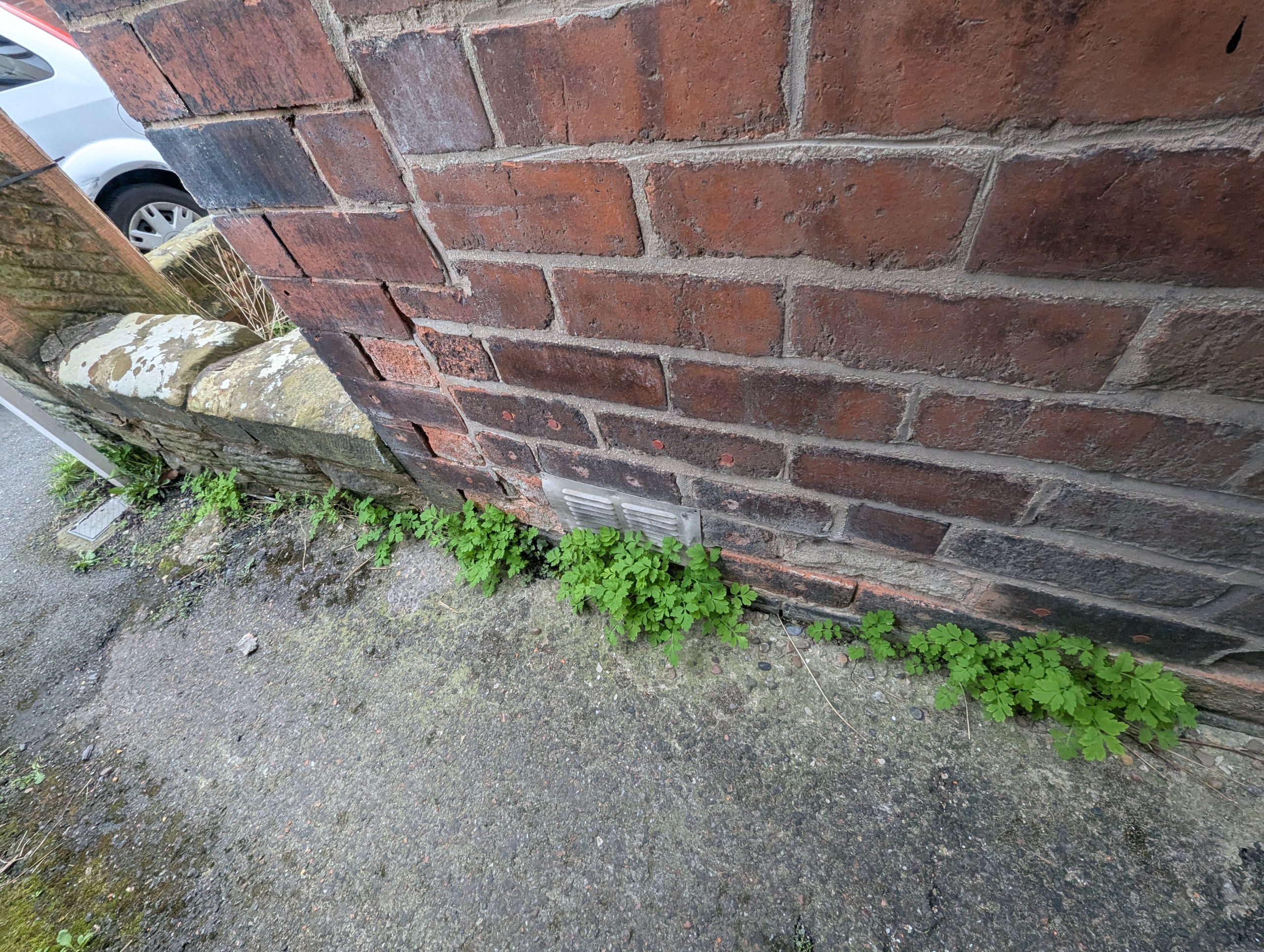
Chemical damp treatments typically refer to damp-proof courses (DPCs) injected into masonry to create a water-repellent barrier. These treatments are promoted primarily for controlling rising damp, and involve drilling into masonry and injecting a silane/siloxane-based cream or fluid under pressure.
Sometimes these treatments are paired with plaster removal and replacement using damp-resistant materials like sand:cement renders or waterproof tanking systems.
The reality? In many buildings, especially pre-1919 solid-wall construction, chemical damp treatments are not only unnecessary, they can actually exacerbate problems by trapping moisture and reducing breathability.
When Are Chemical Damp Treatments Overused?
Chemical treatments are most frequently prescribed based on:
- Misdiagnosis of condensation or penetrating damp as rising damp.
- Elevated readings from handheld moisture meters, without deeper investigation.
- Standardised sales-led inspections rather than holistic building surveys.
- A “one-size-fits-all” mentality that ignores building age, materials, and function.
This is especially true in older buildings where:
- Traditional lime mortars and renders have been replaced with impermeable cement-based materials.
- “Breathability” has been compromised.
- Poor ventilation and maintenance are causing moisture buildup.
In such cases, injecting a chemical DPC doesn’t address the cause of the moisture, it only attempts to treat the symptoms.
Speak to a member of the teamWhen Are Chemical Damp Treatments Actually Justified?
Despite their overuse, chemical damp-proof courses do have a place—in the right circumstances. Here are the situations where they can be considered appropriate:
1. Modern Cavity Wall Construction with No Physical DPC
In modern brick or block cavity wall constructions (post-1950s), if a DPC was never installed, has failed, or has been bridged, a chemical DPC may be appropriate as a remedial measure.
2. Bridged or Compromised Existing DPC
Where render, external ground levels, or internal finishes are bridging the existing DPC, chemical injection may help if rectifying the bridging isn’t feasible. The examples of this though are rare and in the majority of cases the cause of the issue can be dealt with and managed.
3. Isolated Areas Where Damp Is Confirmed
Using gravimetric analysis, hygroscopic salt testing, and moisture profiles, if damp is confirmed and associated with a consistent water table and capillary action, chemical treatment can be justified as part of a broader strategy.
4. Cost or Access Constraints
In rare cases where more appropriate repairs are structurally or financially unviable (e.g., in-party walls or under floors), chemical DPCs may be used as a compromise, but only with full understanding of limitations.
The Risks of Over-Reliance on Chemical Damp Proofing
Ineffective in Breathable, Traditional Walls
Solid-walled, lime-based buildings are meant to “breathe.” Chemical DPCs disrupt this process and rarely perform effectively without correct re-rendering and even then, often underperform.
Does Not Fix the Underlying Cause
If the damp issue is condensation, blocked gutters, faulty drains, or bridged DPCs, chemical treatments are completely inappropriate. Misdiagnosis leads to wasted money and recurring problems.
Can Lead to Further Damage
Cementitious re-plastering over chemical DPCs can trap moisture, promote salt crystallisation, and damage historic fabric.
A Fabric-First Approach: The Professional Alternative
Chartered surveyors and conservation professionals recommend a fabric-first approach to managing moisture in buildings, especially older ones.
Proper Damp Diagnosis Includes:
- Visual inspection of rainwater goods, pointing, joinery, and ground levels.
- Moisture mapping using appropriate tools (e.g., thermal imaging, hygrometers, and gravimetric testing).
- Consideration of occupant lifestyle, heating, and ventilation patterns.
- Testing for hygroscopic salts to determine past vs. active moisture.
- Using moisture meters correctly and cautiously—understanding they measure conductivity, not water content.
Recommended Actions Before Any Chemical Treatment:
- Improve ventilation (passive or mechanical).
- Repair gutters, downpipes, and render.
- Remove bridging materials (e.g., raised ground levels, render overlaps).
- Use lime-based materials for plaster and mortar in older buildings.
- Manage internal humidity through heating and airflow.
The Role of Surveyors and Homeowners
For Surveyors:
- Follow guidance from the Joint Position Statement (RICS, PCA, Historic England, SPAB).
- Avoid blanket DPC recommendations without invasive testing.
- Educate clients about true moisture sources and proper remediation.
For Homeowners:
- Be wary of “free damp surveys” from contractors who also sell treatments.
- Ask for a building survey by an independent, qualified surveyor, with the appropriate experience and knowledge of damp issues.
- Know that not all damp needs treating, some situations need managing.
Final Thoughts
Chemical damp treatments have become a go-to recommendation in the building industry—but more often than not, they’re unnecessary or poorly applied. When prescribed responsibly and supported by proper diagnosis, they can play a role. But in the vast majority of cases—particularly in older buildings—understanding the fabric, the moisture source, and the building’s original performance strategy is key.
A well-informed surveyor will always explore non-invasive, breathable, and conservation-friendly solutions first.
Speak to a member of the team
